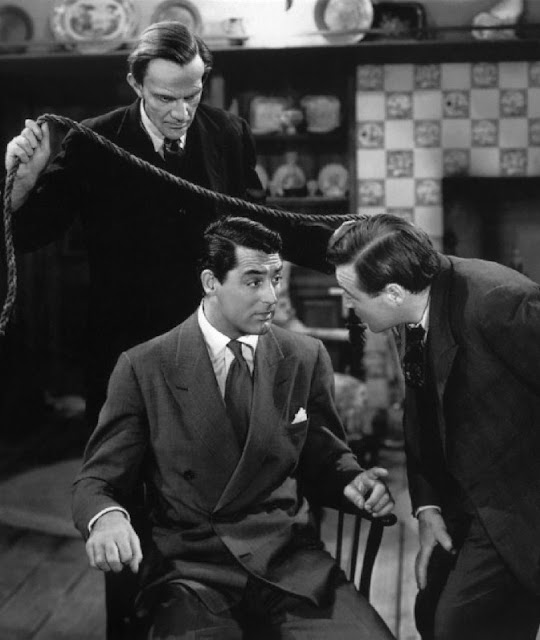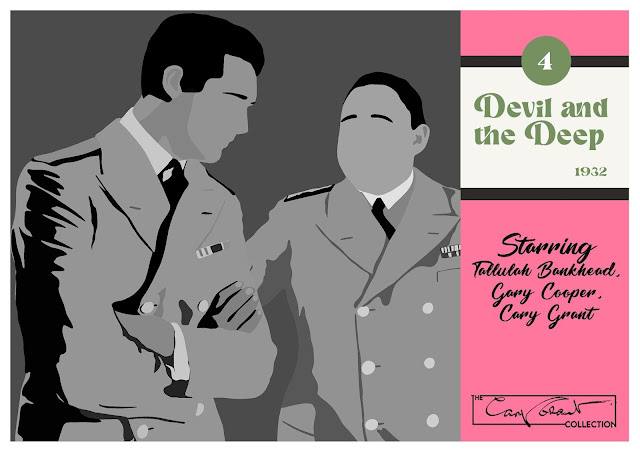It all started on the 1st of January, 2020.
I had posted a few times before this using pictures of Cary Grant to relate something that was going on in my life, or just a means of reflecting on life in general.
I thought the pictures of Cary Grant would work well for two reasons...1. It's Cary Grant and I am a big fan and 2. Who would want to see pictures of me.
By the end of 2019, I was beginning to enjoy spending a little bit of time, adding captions to Cary Grant pictures and amusing myself.
 |
| Posts that appeared before My Life In A Year With Archie! |
Then the thought came to me! Could I do this for an entire year? Would I have enough to say and post about every single day?
Well... I thought at least 74 days could be dedicated to the films Cary Grant appeared in... only 291 posts then... 5 marriages to comment on.... 286 posts... birth and death!... 284!!
It was beginning to take shape in my mind. If I included key dates; arriving in America, Awards, deaths associated etc it might be doable... a challenge but doable!!
I got so much out of it... searching for a picture that fitted my daily life, thinking of a caption, and sometimes trying to find a quote that fitted a picture... that the one year challenge became a 5 year project. It was also instrumental in setting up this blog!
So to be here 5 years later, having posted every day except one (it still annoys me!!) is an amazing personal achievement.

So, I think I have earned a rest from Instagram posting!






































